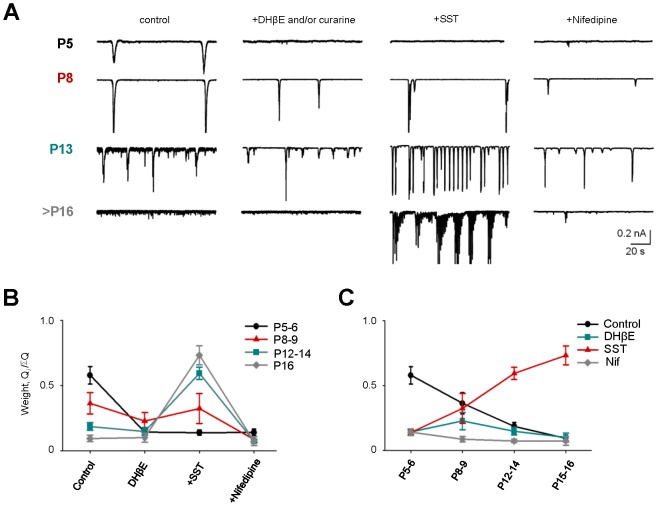Figure 5. Developmental changes in the effect of cholinergic, inhibitory and L-type voltage-gated calcium channel-dependent networks on spontaneous activity.
A: sEPSCs recorded from GCs at different ages in control and following the blockade of nicotinic AChRs, inhibitory transmission and L-type VGCaCs. B and C: Summary graphs of GC activity and the contribution of different receptors over age. Early in postnatal development (P5–6) the activity is mediated by AChRs and blocked by DHβE/curarine. At second postnatal week, the contribution of AChRs is reduced. In contrast, regenerative compound activity revealed by SST is more prominent with age, as BC axons and inhibitory inputs mature and spontaneous currents decrease (C, red and black traces). This transition is most prominent in late second postnatal week (see text and Table 1 for details). All data are reported as means ± SEM.

